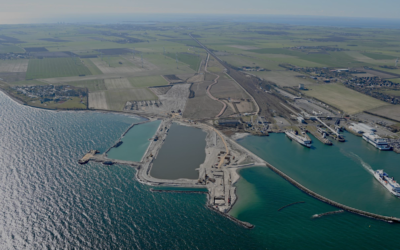The STRING Secretariat has recently updated the population numbers for the entire STRING region using official statistics for 2018/19.
These numbers show that from January 1st 2020, there will be 12.8 million German, Danish, Swedish and Norwegian Europeans in our megaregion from Hamburg to Oslo, compared to 12.6 in 2014. Apart from a minor population growth, this is also due to the fact that whilst STRING will lose a member in January 2020, it will still result in a larger geographically populated area.
As part of an ongoing regional reform in Norway, the two counties of Akershus and Østfold will as of January 1st 2020 merge with Buskerud County to create a new administrative regional entity – Viken. The inclusion of Buskerud has inevitably led to more inhabitants now making up the STRING geography; as well as the cooperation. Welcome!



